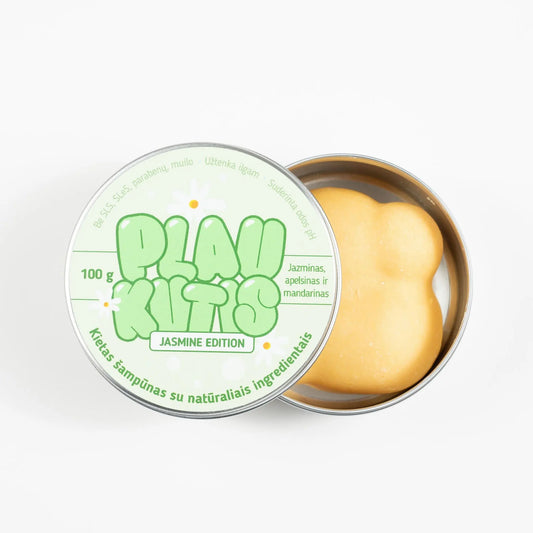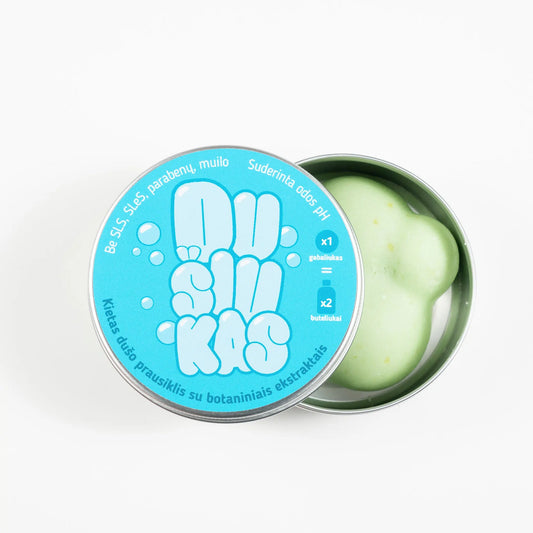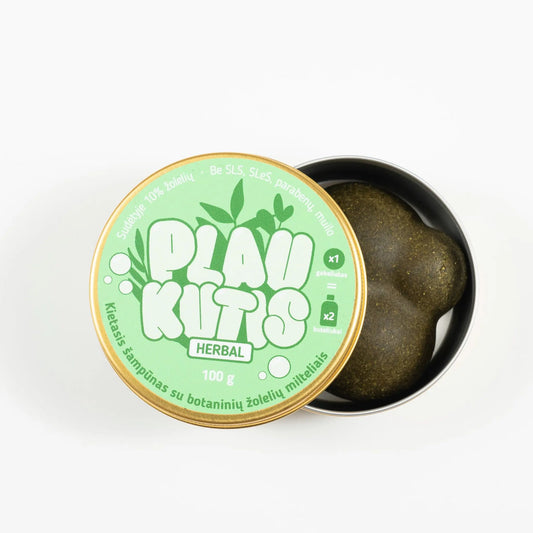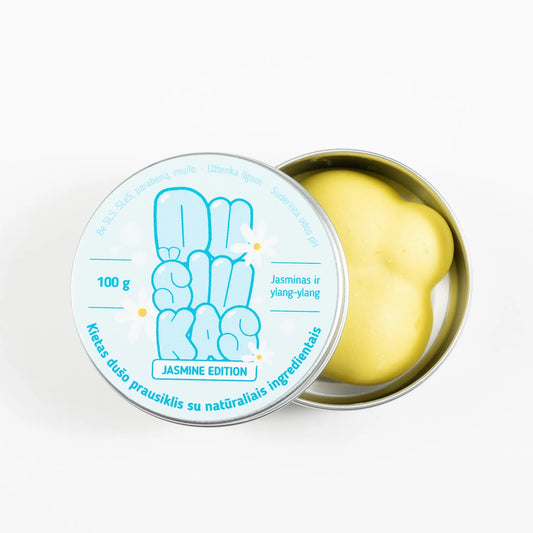A. Definition and Overview
Solid Perfume Definition and Explanation
Solid perfumes are fragrance products that exist in a solid form. Compared to liquid and spray perfumes, solid perfumes do not contain alcohol or water, and are usually available in the form of a balm, wax, or compact. They are often presented in small containers such as boxes, jars, or even sticks, making them convenient to carry and use anywhere.
Solid perfumes consist of essential oils or fragrances that are mixed with a wax, butter or oil base. Common bases include beeswax, shea butter or coconut oil. These ingredients not only create a solid form, but also provide additional moisturizing properties. When solid perfumes are applied to the skin, they warm up with body heat, allowing the scent to gradually diffuse its aroma. This process provides an intimate and subtle scent experience that lasts longer and is more controlled than liquid perfumes.
Comparison with Liquid and Spray Perfumes
Solid perfumes have several key differences from liquid and spray perfumes:
-
Formulation : Liquid perfumes are usually made from a mixture of aromatic substances, alcohol, and water. The alcohol base is used as a solvent, which helps the scent spread through the air. Solid perfumes do not use alcohol or water; instead, waxes and oils are used to help hold the scent in its solid form.
-
Application : Liquid perfumes are usually applied using spray or drip methods, which allow the scent to spread more widely. Solid perfumes are applied directly to the skin, usually using a finger or a small applicator. This allows for more precise and personalized application of the scent.
-
Longevity and Dispersion : Solid perfumes can have different longevity and scent dispersion compared to liquid perfumes. Solid perfumes, due to their concentrated formula, can have a long-lasting scent that dissipates gradually rather than immediately. Liquid perfumes often have a stronger and more pronounced scent that may be more noticeable immediately.
B. History and Evolution
The Origin of Solid Perfumes
Solid perfumes have deep historical roots, dating back to ancient cultures and civilizations. The first solid perfumes were made from natural materials such as plant resins and waxes. These materials were used for a variety of purposes, including aromatization and ritual.
Historical Uses and Cultural Significance
In ancient Egypt, Greece, and Rome, perfumes were an important part of personal hygiene and religious life. The Egyptians used a variety of scents, including resins and incense, in temples and tombs to honor the gods and provide a pleasant aroma when needed. In Greek and Roman times, perfumes were used as part of healing treatments and as a sign of prestige, as well as part of everyday personal care.
During the Middle Ages, solid perfumes became extremely popular in Europe. At that time, perfumes were often used as a means of combating unpleasant odors and pathogens, as well as as cosmetics. In addition, solid perfumes were widely used in temples and medical practices. Scented sachets and balms were not only products for personal use, but also part of ritual practices.
The Evolution to Modern Solid Perfumes
Over the centuries, solid perfumes have undergone various evolutions to meet modern needs and technology. The Industrial Revolution and advances in fragrance chemistry have made it possible to create a variety of scent combinations and formats. Modern solid perfumes often use advanced ingredients and formulas, which provide consumers with even greater choice and convenience.
Modern solid perfumes have become not only a part of personal hygiene, but also an element of fashion and ecology. Due to their convenience and lower environmental impact, solid perfumes are popular among consumers who are looking for practical and environmentally friendly alternatives to liquid perfumes.
Conclusions
Solid perfumes are a unique and exciting alternative to fragrances, with a long history and diversity. They are known for their convenience, longevity, and subtle fragrance delivery. From ancient times to modern society, solid perfumes have remained an important part of personal care and cultural life, constantly adapting to new needs and technologies.













